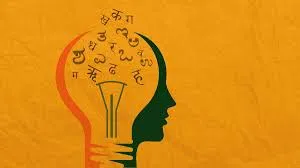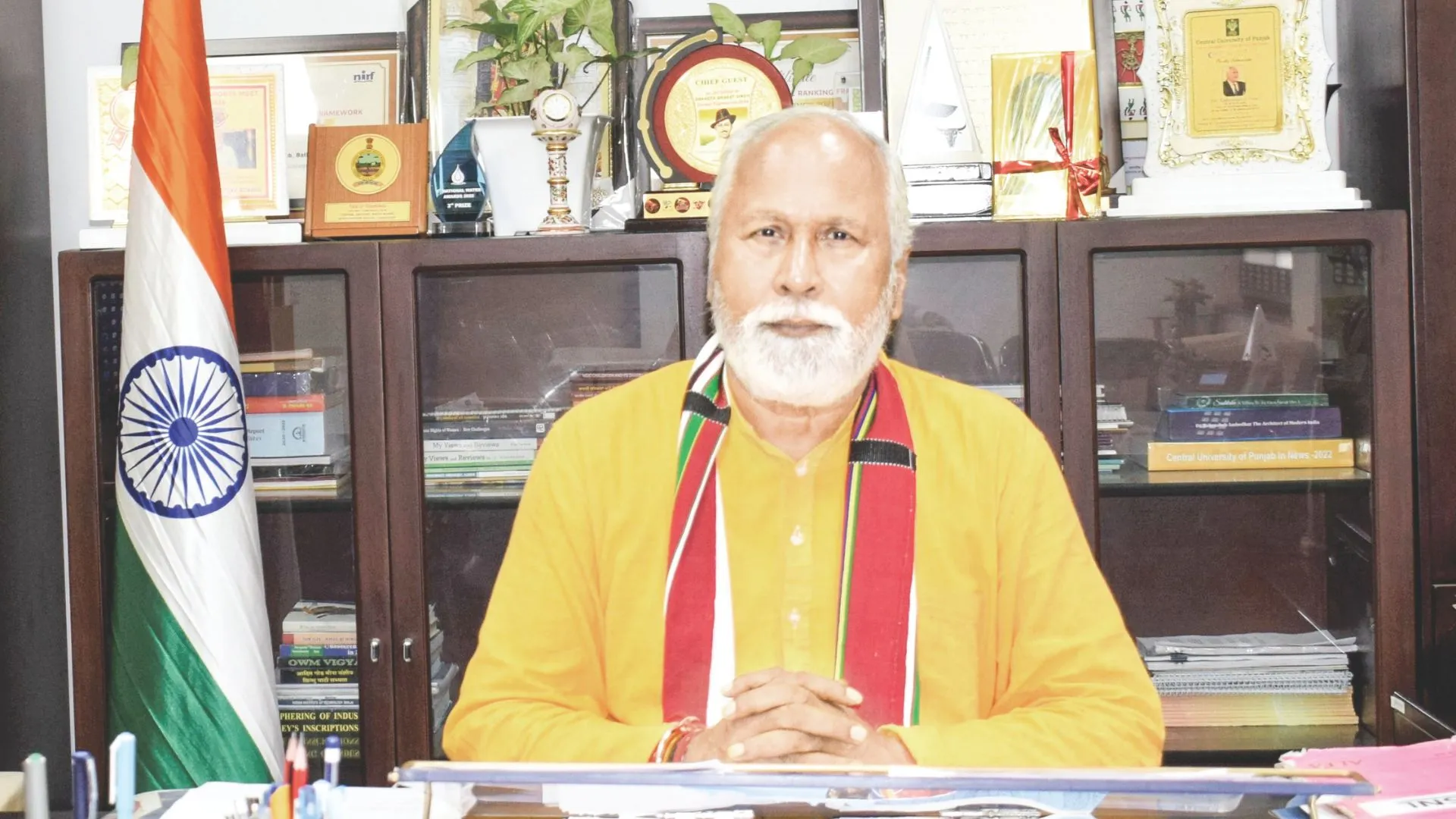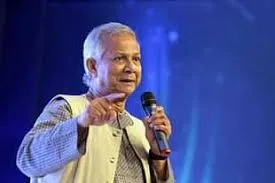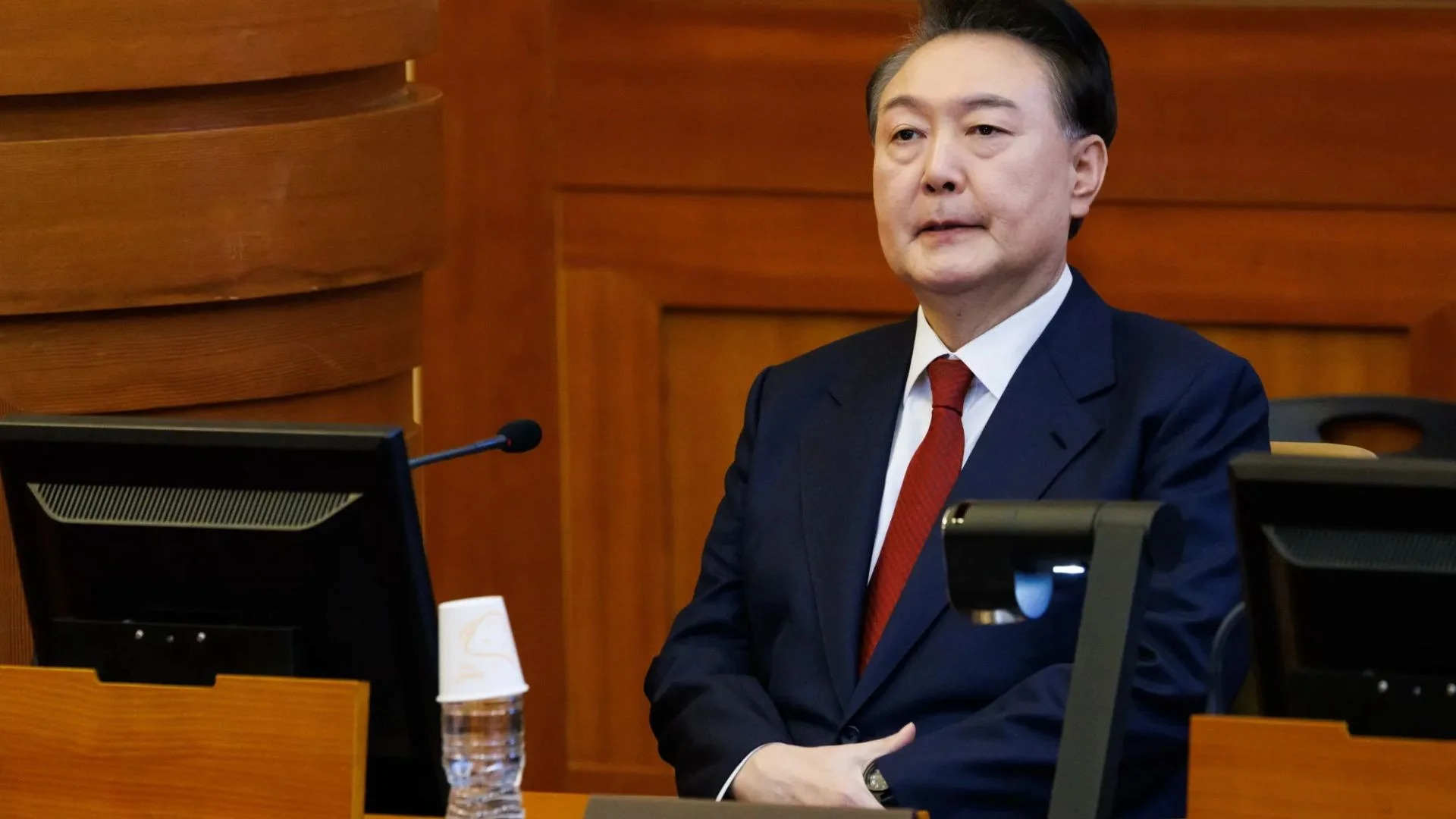With the advent of the AI boom all around the world, India is going to witness significant socio-economic changes in the next few years. India is a site of a vibrant AI workforce. The imagination and hype around AI is aspirational in Indian media, State and legislation. AI is getting readily adopted in the high-stake domains, envisioning it as a force-multiplier of socio-economic benefit for a large section of under-privileged population.
In India, AI for social benefit is a crucial development force with its focus over priority sectors like education, healthcare, agriculture and infrastructure. In an international AI perceptions survey of 2019, Indians ranked first in rating AI as ‘exciting’, ‘futuristic’ and ‘mostly good for society’.The deployment of AI applications in State apparatus have become mainstream including predictive policing and facial recognition.
Despite the momentum on high-stakes AI systems, there exists a considerable lacuna in policy making and research over promoting algorithmic fairness for such a large population interacting with AI tools. AI applications are readily adopted in high-stakes endeavors often too early without major scrutiny. The reason is lack of an ecosystem of tools, policies and stakeholders like activists, researchers and journalists well equipped with domain-specific knowledge to scrutinize high stakes AI applications hindering essential fairness in India.
Application of conventional algorithmic fairness which is based on west-centric values, subgroups and methods is going to be insufficient or even inimical in India if it does not engage with local dynamics. While algorithmic fairness keeps AI inside the ethical and legal boundaries in the West, a vanilla generalization of fairness in countries like India will pose a real danger to its disadvantaged sections. Researchers have started to find the societal biases emerging in AI applications in predictive policing, caste and ethnic biases in jobs, agricultural loans, and even in online matrimonial advertisements.
A major reason behind this is also the missing data points of Dalits, Adivasis and women because of missing socio-technical infrastructure and systemic disparities. Entire communities may be missing or misrepresented in data sets, accentuated by digital divide ending up in wrong conclusions and outputs. According to the India Inequality report 2022, half of the population lacks access to computers and the internet. The excluded half is primarily Women, Dalits and Adivasis.
According to a study done by the professors of BITS, Hyderabad in India 14.1% of the STs have access to the Internet as compared to 41.1% of individuals from the Other(other than SCs, STs and OBCs). Differences in the computer literacy rate across the caste groups are also pronounced, with only 11.2% of STs and 13.5% of SCs knowing how to use a computer.
The same statistic for OBCs is 18.9% . However, the corresponding figure for the Others is 31.2%. The descriptive results from the study show that there are large gaps between Others and each of the disadvantaged caste groups in computer ownership rate, Internet access rate, computer literacy rate, Internet literacy rate and Internet use rate. For example, only around 6% of SC and ST individuals had a computer at home as compared to 20% of individuals of Other category.
On top of it, low quality designs, algorithms and services are offered to Indians, especially due to weak tech policy and lack of accountability by both public and private enterprises. AI builders hold a transactional attitude towards Indians viewing them as agency-less data subjects. We also need to look at the fact that who is designing AI in India. Indian AI builders are mostly privileged and entitled caste males. Though the Indian technology sector claims itself to be merit-based, merit in India is a function of caste privileges. Most of the graduates of IITs pioneering these AI companies belong to privileged castes and high class backgrounds.
They have never encountered discrimination in their lives and these guys are now taking center stage to the service delivery of a large population of which they have no clue. A large scale funding also comes up to these Indian startups from Silicon valley Brahmins who themselves are not questioning the social structures they grew up in. On the other hand, the White tech workers have no idea about what caste is and how to mitigate harms done by algorithms.
This problem gets accentuated by the black box AI problem, i.e, even the engineers who have designed the algorithmic models do not understand how the output is getting generated with the given input variables. There exists an end to end opacity in terms of inputs, model behavior and outcomes in India with regard to high-stake AI systems. An AI based application cannot be said to be unbiased if its training data, APIs, documentation and other contributing datasets are not easily available to the public.
Algorithmic fairness requires an ecosystem and buffer zone of technology activists, researchers and journalists who keep AI systems in check by keeping their builders accountable. In India, there exists a negligible debate over algorithmic fairness, which has led to a weak implementation of Fair-ML(Machine Learning). There exists a serious lack of public consciousness over this issue, because most of the journalists in the tech arena only cover events like app launches and investments made in AI products. The issues like impacts of algorithmic biases and social problems associated with their widespread use do not come into the press widely.
Neoliberal AI operates on the technical framework of classical colonialism through data extraction, impairing local innovation, and exporting manufactured services to data-subjects especially among sections that are predisposed to historic exploitation, under-development and inequality from centuries of imperialism.
If algorithmic fairness is going to be the norm and ethical compass of AI, it is vital that the discipline should recognise its own defaults, inherent shortcomings, biases and blind spots to prevent accentuating historical injustices that it purports to ameliorate.
AI is aspirational and consequential in countries like India, where it is assuming a role of ‘efficiency’ function in allocating scarce socio-economic resources and delineating economic disparities. There is a need for investigative approaches that take solidarity with various stakeholders through partnerships,empirically grounded policies and policy maker education to create a sustainable Fair-ML ecosystem.
This is only possible through end-to-end re-imagining of algorithmic fairness which necessitates re-contextualising data and models within their respective contexts, empowering oppressed communities and enabling fairness ecosystems.
The author is a Senior Research Fellow at Centre for Russian and Central Asian Studies in School of International Studies, JawaharLal Nehru University, New Delhi.























